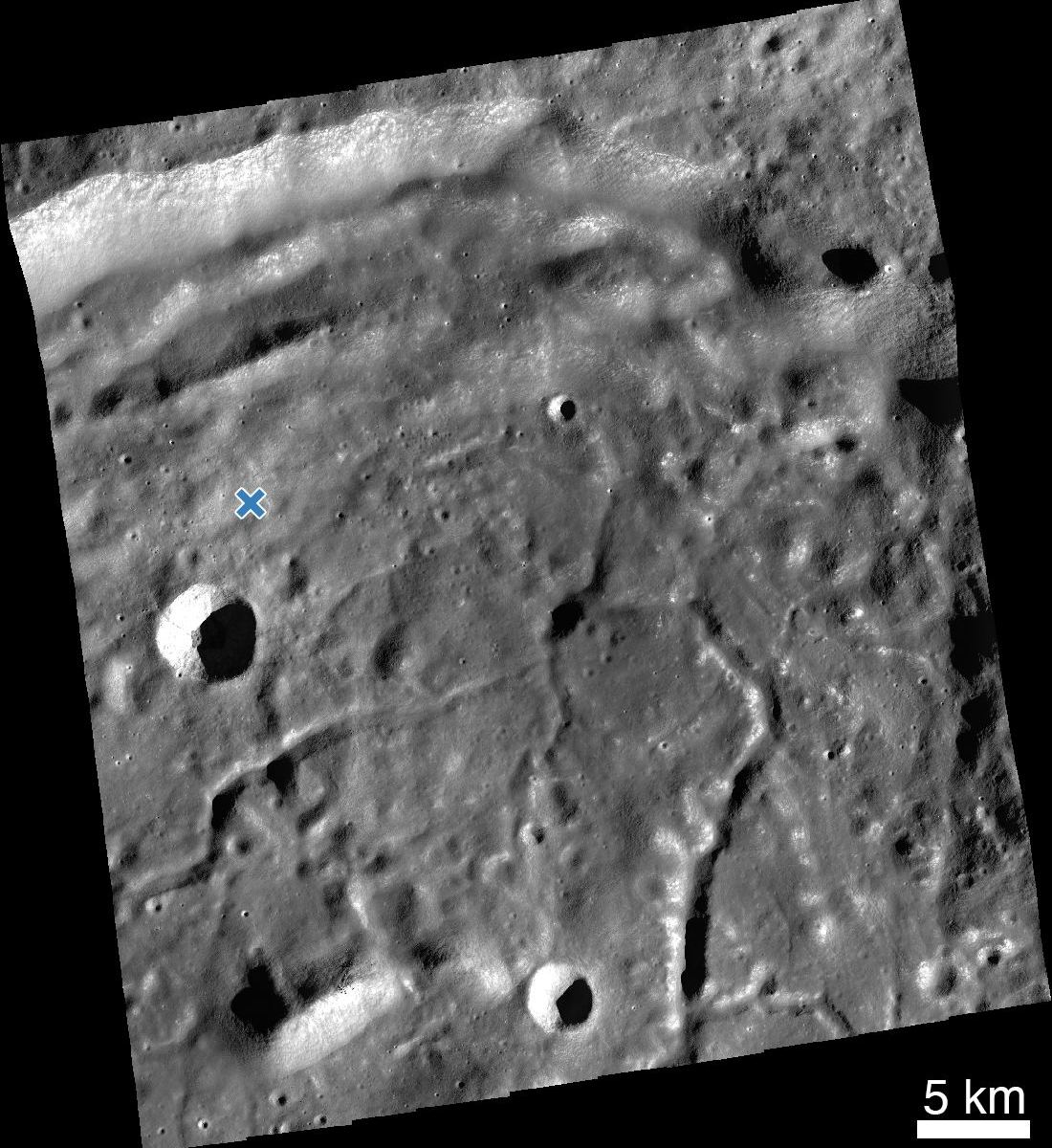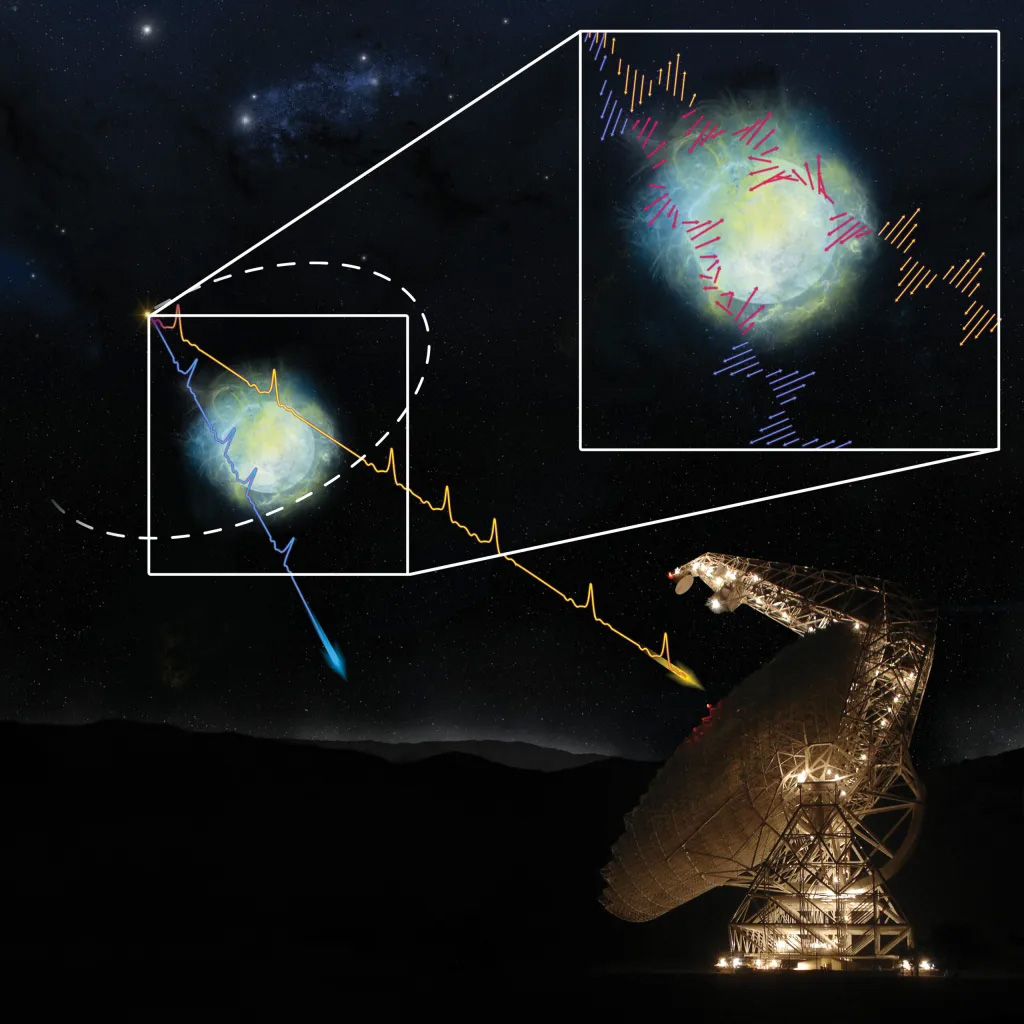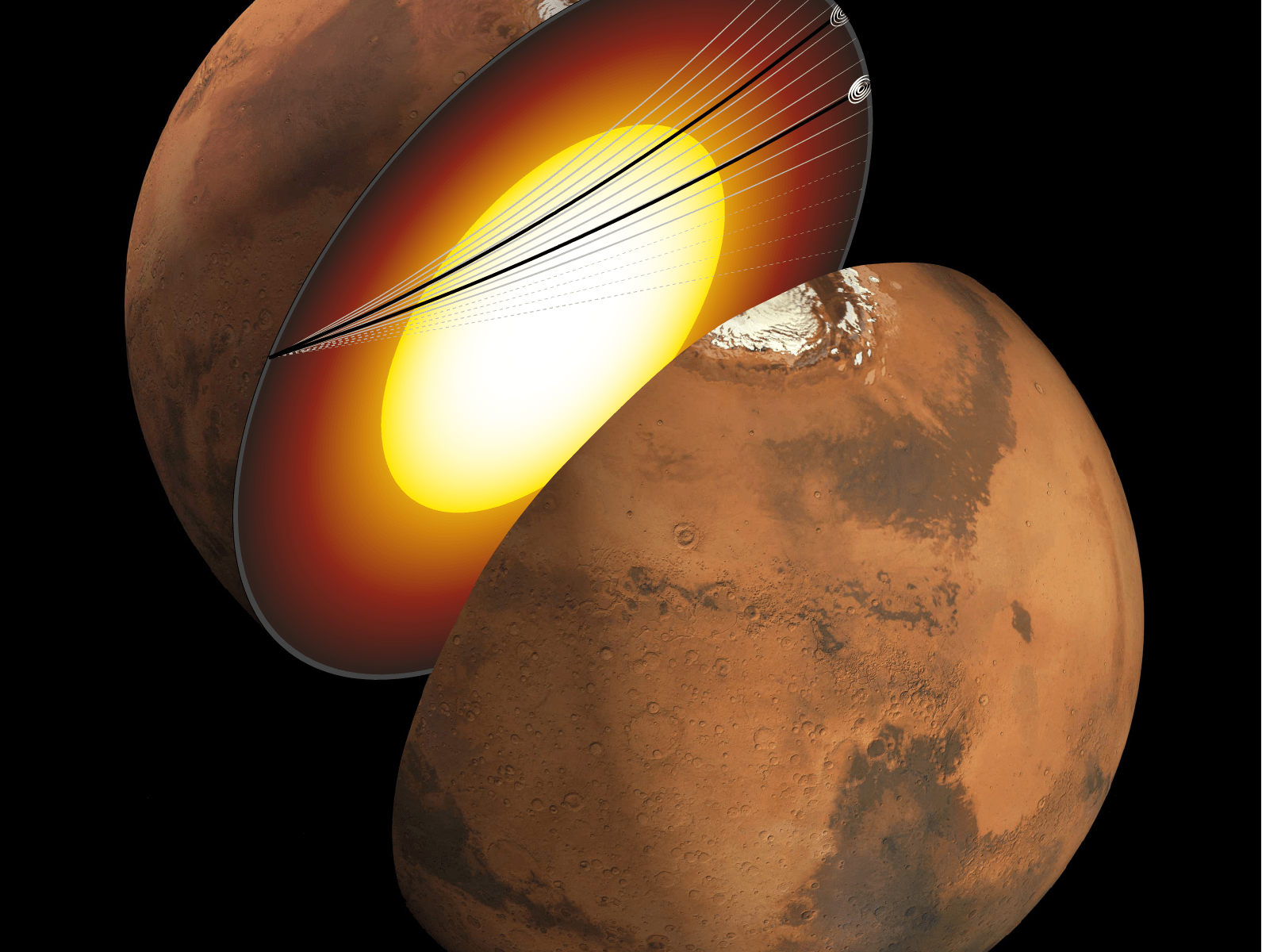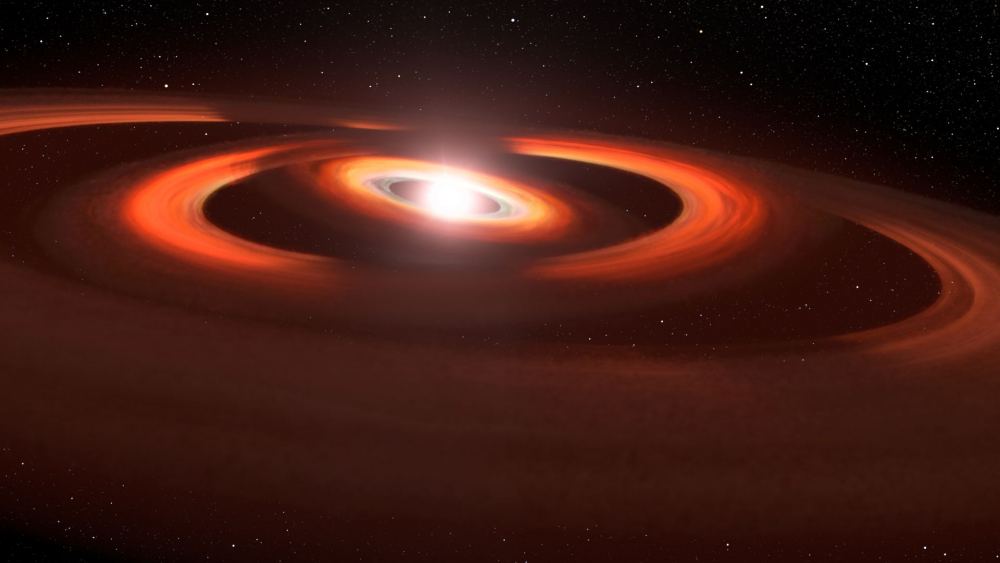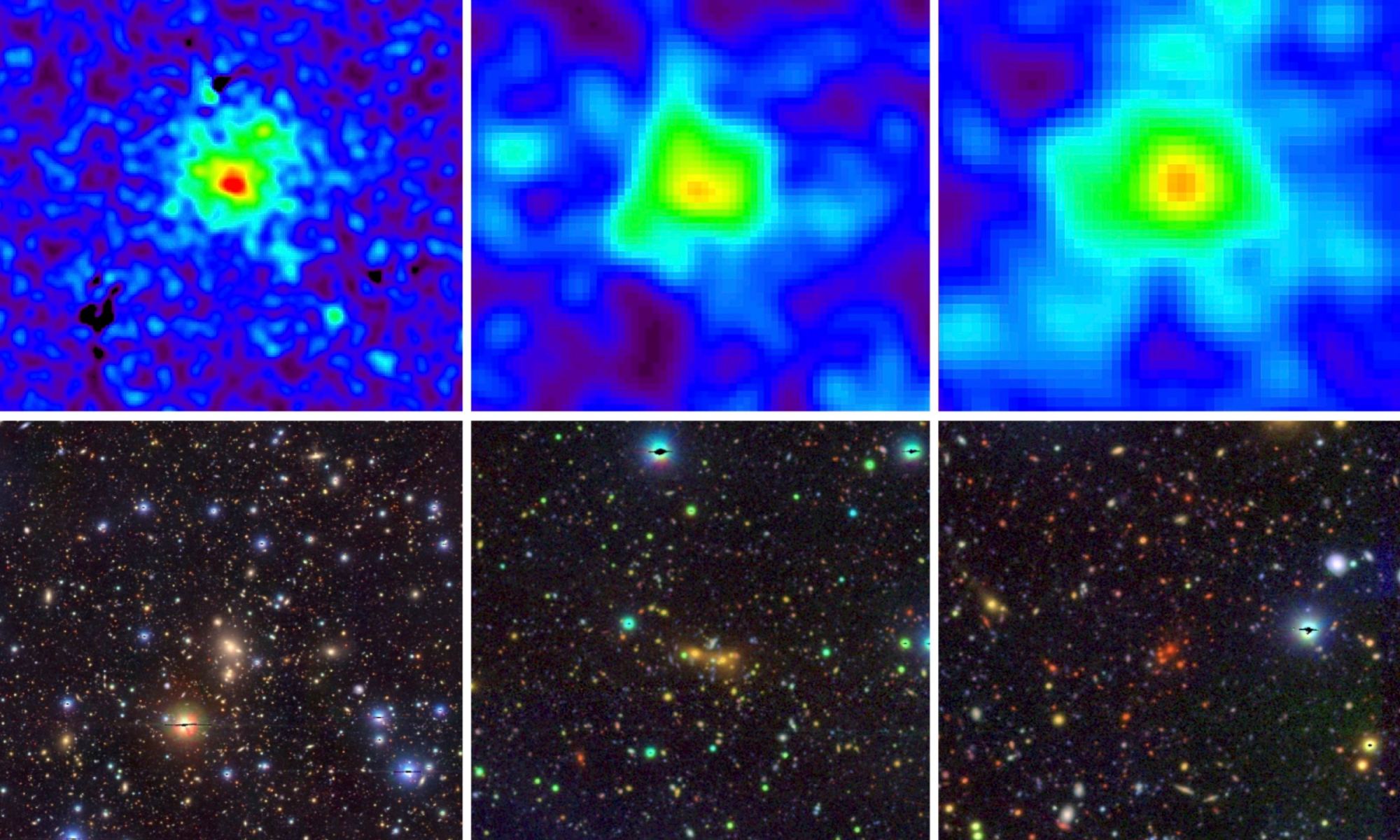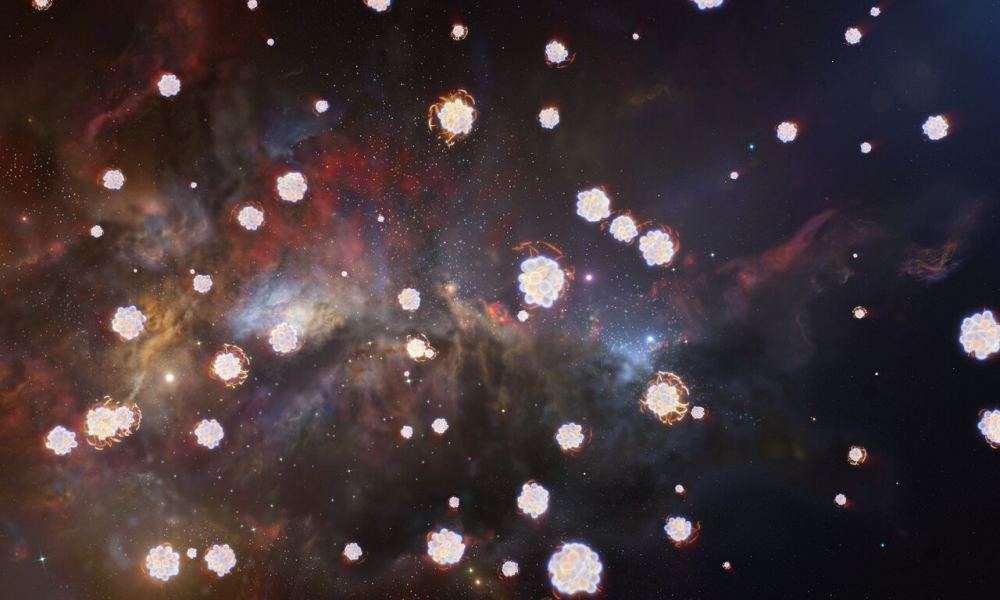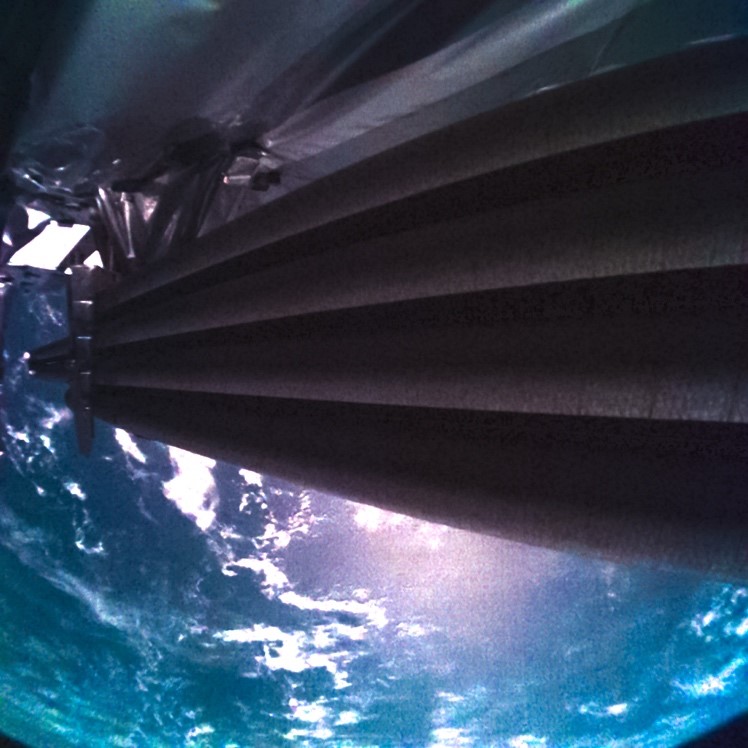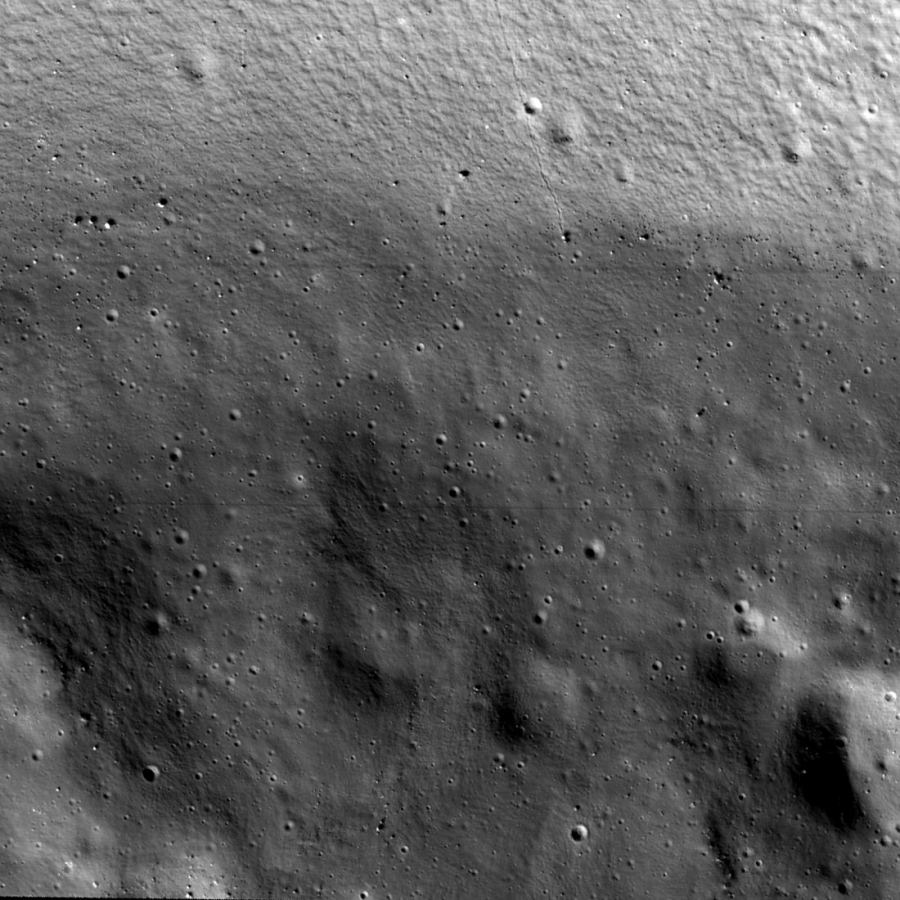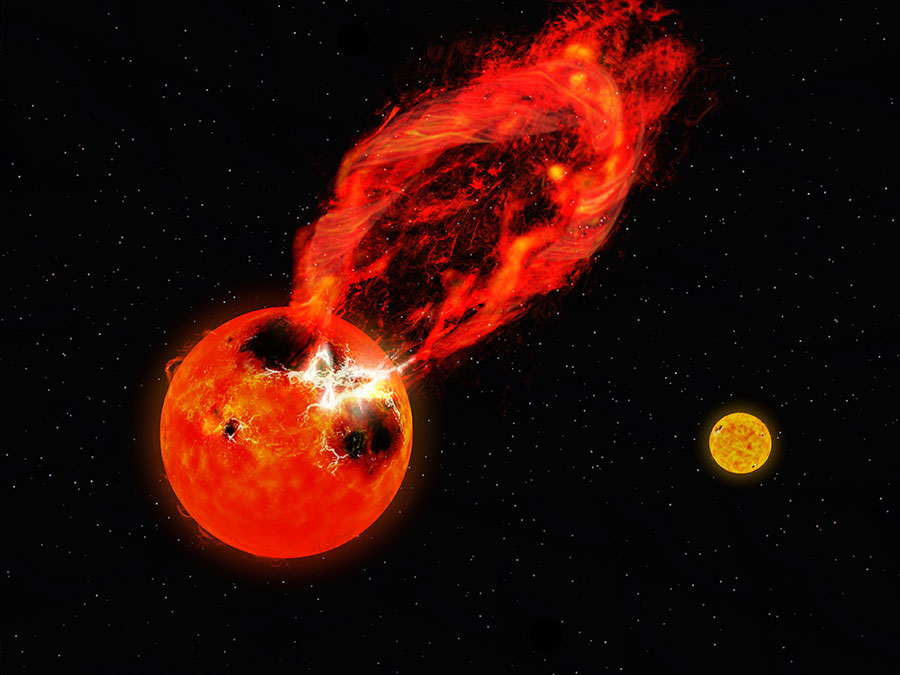On April 26, 2023, people around the world watched as the HAKUTO-R lander made its final approach for a landing on the Moon. It had been “on the road” since December 11, 2022, and completed eight Mission 1 milestones. Numbers 9 and 10 would have been landing and establishing a base on the Moon. As we all know, it reached the lunar surface, but not the way the ispace team expected. NASA images confirmed its final resting place.
Continue reading “HAKUTO-R’s Software Got Confused at the Last Minute, Causing it to Crash into the Moon”HAKUTO-R’s Software Got Confused at the Last Minute, Causing it to Crash into the Moon
